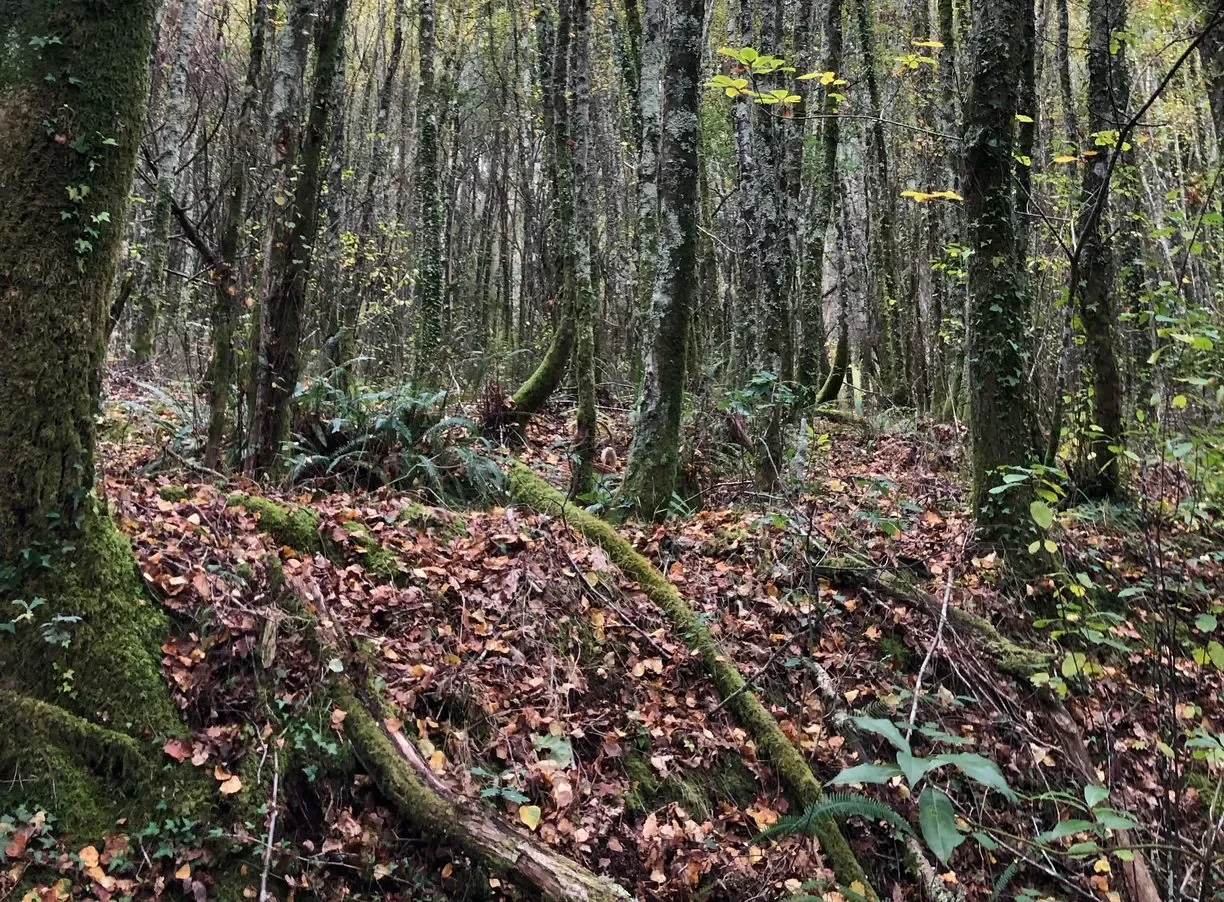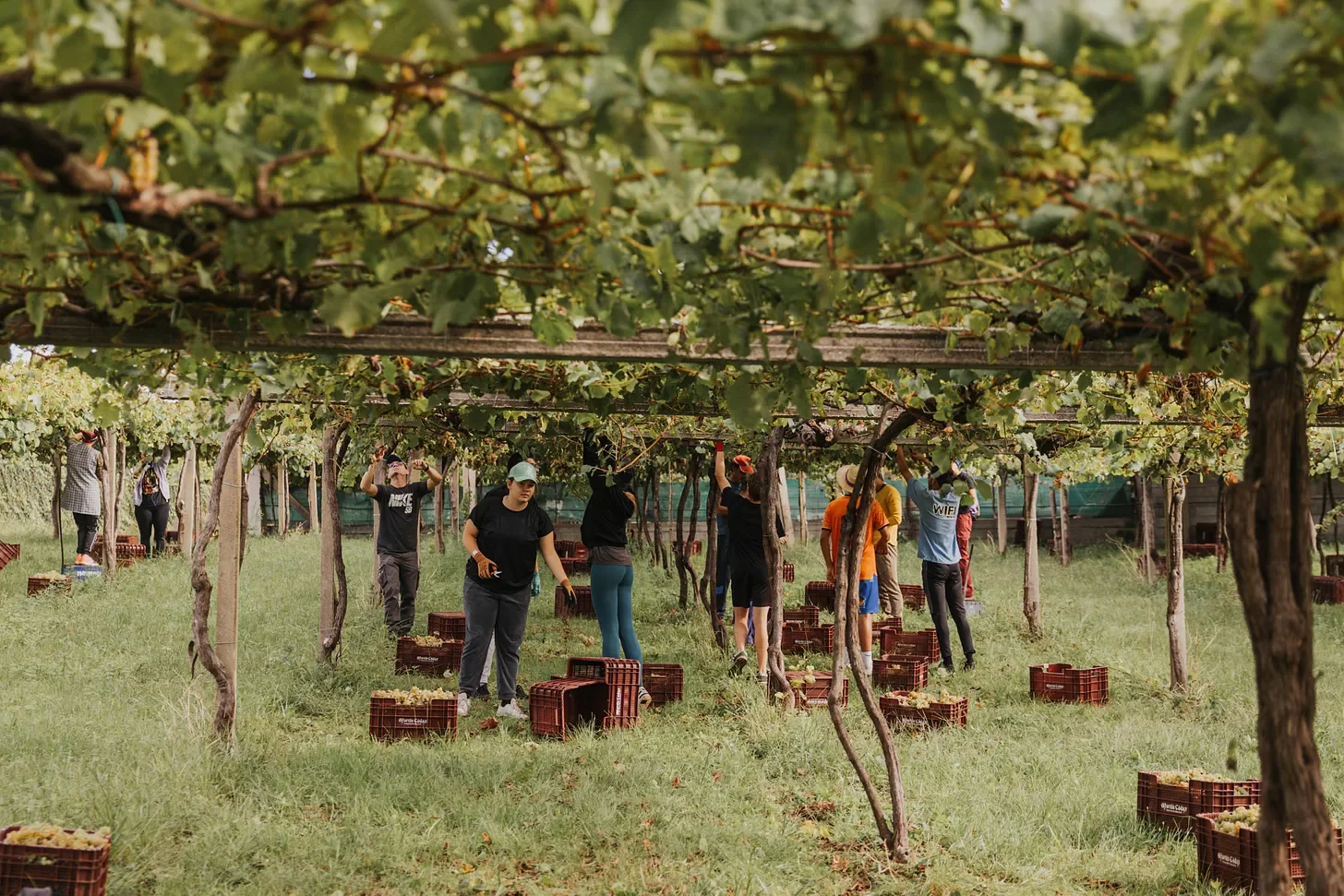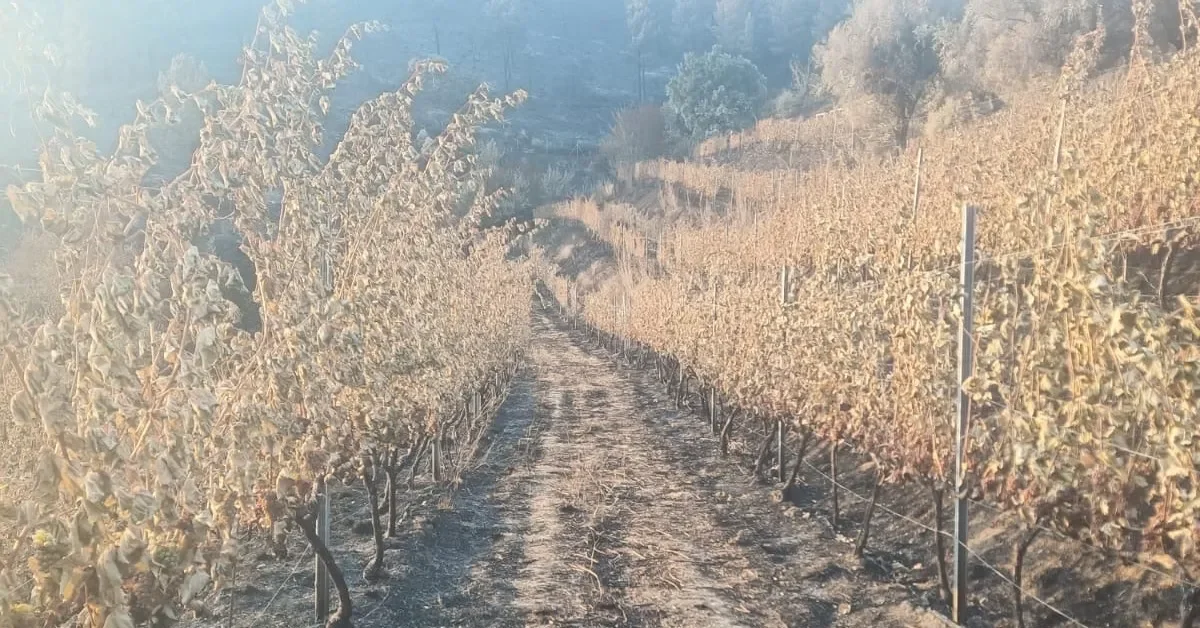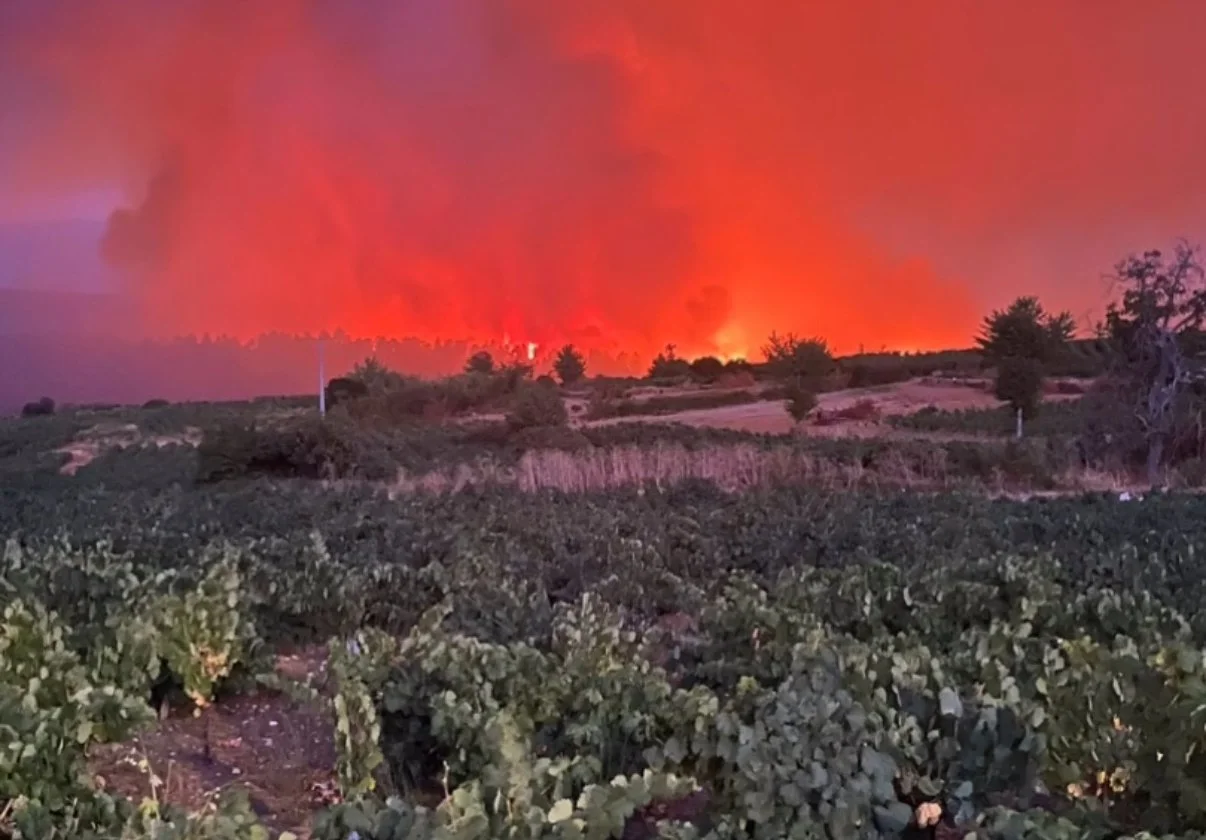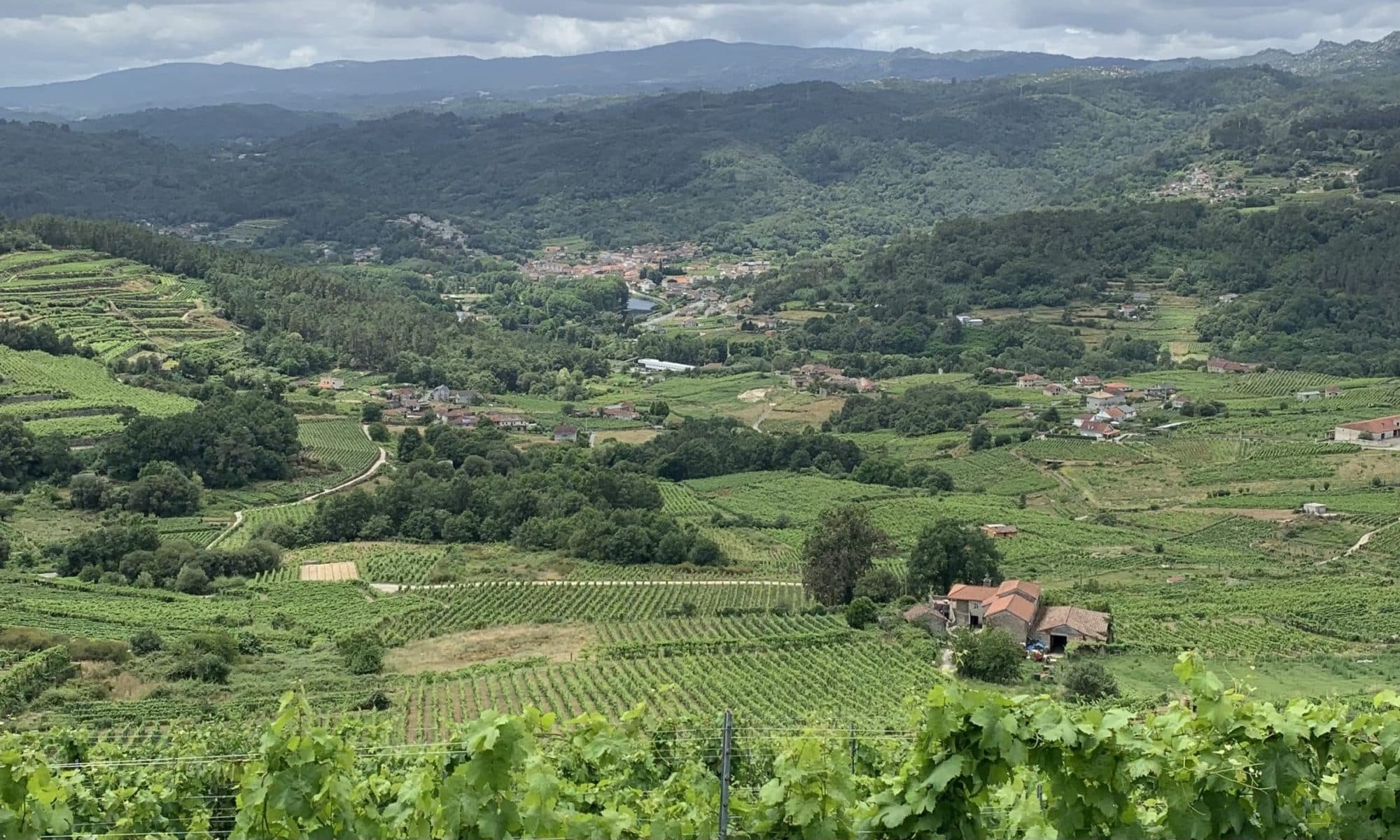
THE WINES OF GALICIA
Everything you need to know to learn about them, love them, and drink them.
Atlantic, expressive, vibrant, unforgettable...
There are countless ways to describe Galician wines. This lush, green region in northwest Spain is home to a winemaking heritage shaped by its rugged coastline, diverse terroir, and the dedication of generations of vintners.
Galicia’s five Denominaciones de Origen (DOs)—Rías Baixas, Ribeira Sacra, Valdeorras, Monterrei, and Ribeiro— and five Indicacións Xeográficas Protexidas (IXPs) each offer their own expression of Galicia’s terroir, from crisp, saline Albariño and honeyed, floral Treixadura to elegant, Atlantic-influenced Mencía and structured, age-worthy Godello.
Here, you’ll find everything you need to make the most of your Galician wine journey:
deep dives into Galicia’s wine regions
a compendium of Galician grape varieties
the most in-depth explanation of the Galician wine history you’ll find anywhere on the web, and more.
Whether you’re planning a trip, exploring the breathtaking landscapes of Galicia’s vineyards from afar, or discovering the traditions behind each wine, this is your guide to experiencing THE WINES OF GALICIA.

